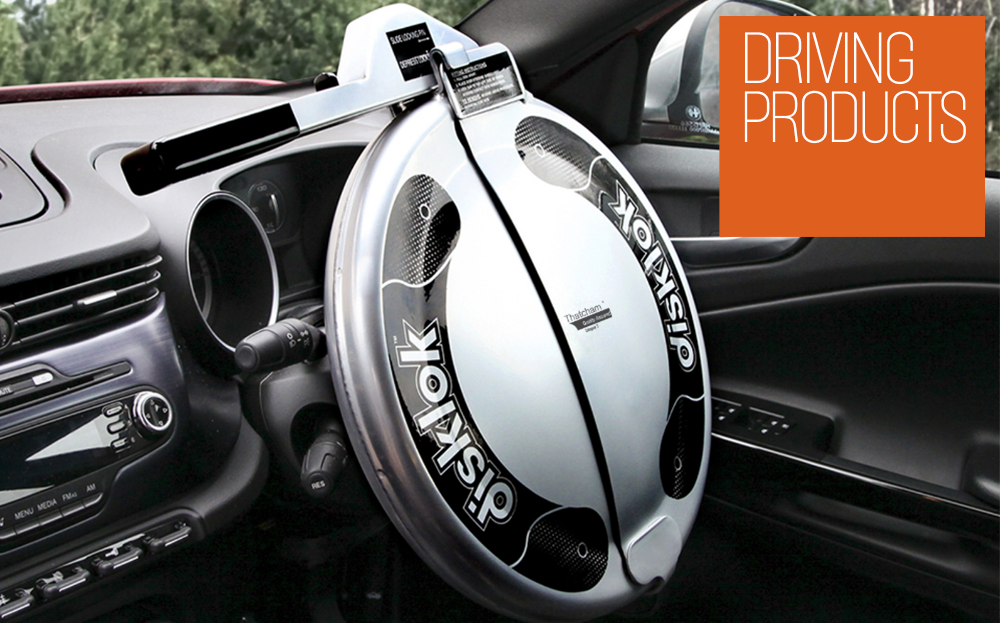

And Land Rover once more took up their magnifying glass to find another lock firm. Having made a significant investment in lock tooling, die sets, etc, this was a dire situation.

Land Rover were paying them a paltry £4.20 per lock. Snap-in barrels that fitted into the Arbuthnot handle meant we were down to just two keys, ignition and doors. This latter key and lock was provided by Waso – yes, another manufacturer.ġ987 was the year locking progress was made. This meant four keys per car: ignition, side and rear doors and the fuel cap. More pain was endured when management realised the Santana locks were hopeless. Supply chains not being the efficient force they are today, the Spanish link was not terribly cost effective, coupled with the added misery that Arbuthnot went belly up very early in proceedings.

Bear in mind that the Widney lock was still being fitted to the rear door. Upon testing however, modification proved necessary, and who better than yet another different UK engineering firm, with the excellent Arbuthnot moniker? This crew made the black plastic push button handles for the Freight Rover vans. Where to find new door locks, then? Why, Spain and Land Rover’s Santana associates. This being an all new vehicle, new ideas were introduced, ditching the old fashioned Widney locks. Land Rover had moved on with the new for 1982 Defender. Walsall locks were still supplying Land Rover, though by now, only the tailgate lock for the original Range Rover. Just to complicate the story more, Widney surpassed the Tolley lock and made it cheaper still. As so for Wilmot-Breedon who supplied the barrel, itself a modification of a Lucas ignition switch. With around 15,000 Land Rovers per year made in the early ‘70s, and up to five locks per car, business boomed. Tolley had no formal training but had the gift of sight within a lock, its mechanisms, its complexity. The company used was once more Walsall locks who had a totally unsung hero in the shape of one Alf Tolley. Legislation changed the course, anti-burst locks were now required, meaning in the event of an accident the door would not fly open. Now unobstructed, key, wafers and plug can rotate.
#News rover lock series#
When Series Two came along, another locksmith company, the beautifully named Hallam, Sleigh & Cheston of Plume Street, Aston, Birmingham (renamed later to the most boring Widney) transformed the basic slam latch to a slightly different one that at least brought the lock face to the level of the outside door panel. Walsall Locks made the Series One locks, as they were dirt cheap. After all, why do you need to lock it up? But you do need a latch, if only to keep the door from falling open on the fells. Almost certainly a financial decision, the Rover company used WB keys for their other vehicles but the Land Rovers were for the farmer, the miner, the explorer. With subtle differences in the wafers, lock barrels or the key sections, hundreds of types were made.īut not for Land Rovers. From Alvis to Triumph and all points in between, Britain’s cars had WB keys. With central locking years in the future, most cars needed at least three door locks and one for the ignition. Keys though, were an important and lucrative staple. Throw in door handles, roof racks, ash trays and switches. Wilmot-Breedon had taken a leaf out of the Lucas book by investing in the production of bumpers, steering wheels and a radiator topped device named a Calormeter which was in effect a thermometer. This used flat metal wafers that required the correct key in order for the lock to turn. The 1970s witnessed a change in thinking (in a pretty vain attempt) to prevent rampant car theft. Years in the development stages, mainly in the USA, Wilmot-Breedon would become an integral cog of the British car industry, sadly suffering a similar fate.Ĭarl Louis Breedon enters proceedings around 1929 when the engineering firm Josiah Parkes & Son of Willenhall, Birmingham introduced the wafer tumbler lock to him. Much like home door locks, car locks had been rudimentary for years. Get another Bog Myrtle in and pay attention, there’ll be questions later.


 0 kommentar(er)
0 kommentar(er)
